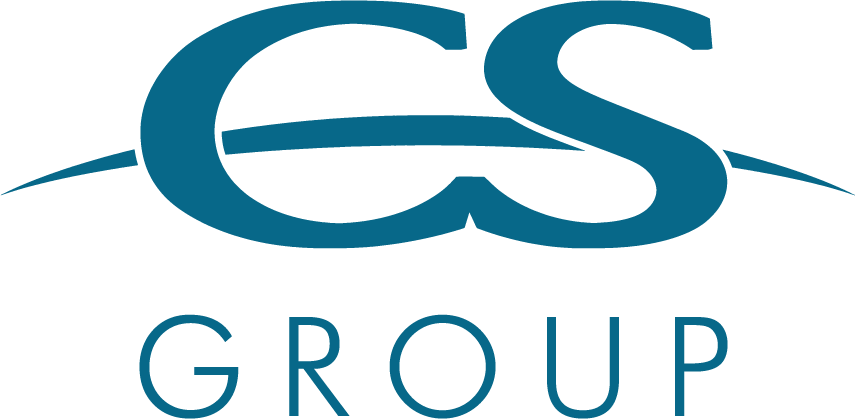The Copernicus Sentinel-6 Michael Freilich satellite is the first of two identical satellites to provide critical measurements of sea-level change. Once safely in orbit, the satellite will continue the long-term record of reference sea-surface height measurements and extend the records of sea level into its fourth decade. Since sea-level rise is a key indicator of climate change, accurately monitoring the changing height of the sea surface over decades is essential for climate science, for policy-making and for protecting those in low-lying regions at risk.
The satellite was renamed in honour of Michael H. Freilich, the former director of NASA’s Earth Science Division. The mission is a collaboration between ESA, the European Commission, EUMETSAT, NASA and NOAA, with support from the French space agency CNES. (Source: esa.int)

(Source: https://earth.esa.int/web/guest/missions/esa-future-missions/sentinel-6)
CS Flight Dynamics (FD) orbit team is supporting ESOC during the launch preparations and the Launch and Early Orbit Phase (LEOP)
Generally speaking, the FD orbit team is responsible for the orbit determination and the optimization of manoeuvres, while the “test and validation” team checks that the generated products are indeed correct. This second layer of checking is required as the FD products will be used for critical operations, e.g. the pointing predictions should ensure that the ground stations can track the satellite, or the manoeuvre command should bring the satellite to the desired target orbit.
For Sentinel-6, the FD orbit team is made up of three CS GmbH’s key persons because FD is working in 3 shifts to cover the 24 hours support over the 3.5 days dedicated to LEOP. Moreover, one of the three members of the “test and validation” team is also a CS GmbH team member.
During the launch preparations, the FD orbit team is supporting the simulations campaign and the tracking tests with the ground stations. Especially for Sentinel-6, CS GmbH team members were also in close interaction with EUMETSAT FD team, as they will take over the satellite after the LEOP.
The first shift of LEOP starts just before the first contact with the satellite. Those first hours are very exciting, and teamwork is intense as they will have to determine very quickly the orbit in which Sentinel-6 was injected by the Space-X rocket.
The ground stations are using pointing predictions based on the nominal orbit but the satellite will be brought by the rocket to a different orbit, which can be very close to the nominal one or also quite off. In any case, will the pointing predictions divert more and more from the actual satellite trajectory such that the ground stations may not be able to track the satellite anymore. Therefore, the input from the FD orbit team is critical.
When teams know the injection orbit, they will work together with EUMETSAT FD’s team on a strategy on how to best manoeuvre Sentinel-6 to its target orbit. This is not a trivial task as the target is to fly in tandem with another satellite, Jason-3, with a separation of only 30-sec along-track.
After a test manoeuvre, the first two manoeuvres of those burns to change the orbit will be executed during LEOP and therefore will be optimised and prepared by the FD orbit team. The individual manoeuvres, as well as the whole acquisition strategy, will be validated by the “test and validation” orbit team.
After LEOP, CS GmbH team members will support EUMETSAT during the operational life of Sentinel-6. The contribution will include cover most of the operational activities: from system operations and instrument data processing and dissemination activities.




